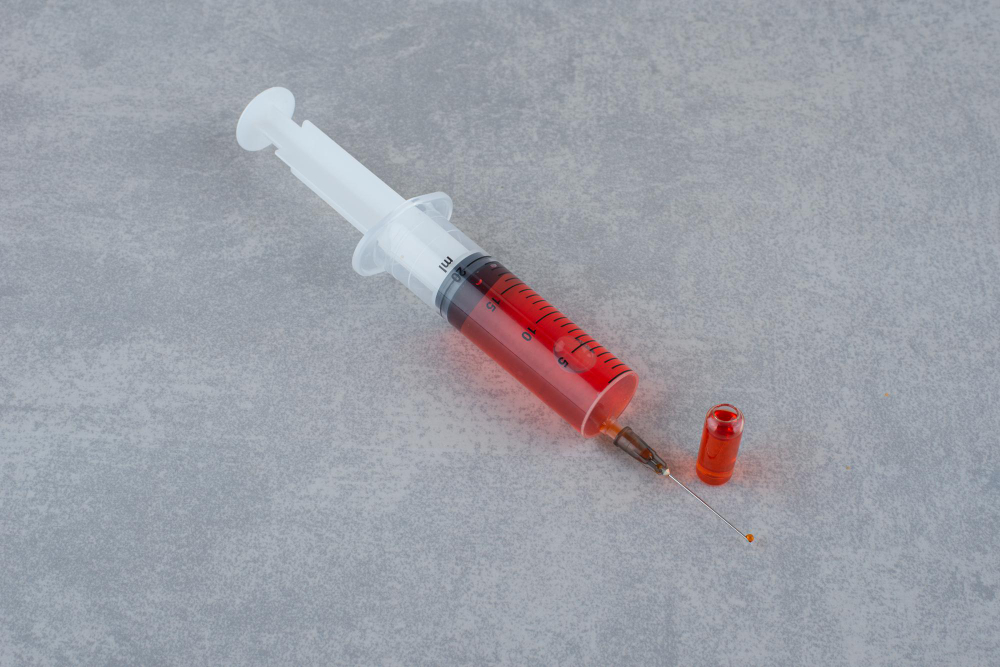When it comes to drug development and ensuring the safety of pharmaceutical products, GLP toxicology studies play a pivotal role. Good Laboratory Practice (GLP) guidelines provide a framework for conducting studies that evaluate the potential toxicity of chemicals, drugs, and other substances. This article serves as a comprehensive guide to navigating GLP toxicology studies, covering study design considerations and regulatory compliance.
Understanding GLP Toxicology Studies
GLP toxicology studies are crucial for assessing the potential risks and hazards associated with new pharmaceutical products. These studies are designed to evaluate the effects of a substance on living organisms, ranging from animals to human cell cultures. By conducting GLP toxicology studies, researchers can identify potential adverse effects, determine safe dosage levels, and contribute to the overall safety evaluation of a product.
Study Design Considerations
To ensure the reliability and validity of GLP toxicology studies, meticulous study design is essential. Here are some key considerations:
- Test Substance Selection: The selection of an appropriate test substance is critical. It should accurately represent the product being evaluated and meet regulatory requirements. The substance’s purity, stability, and solubility should also be taken into account.
- Dose Selection: Determining the appropriate dose levels for the study is crucial. It should reflect the intended use of the product and consider factors such as the therapeutic index and relevant exposure levels. The selection of dose levels should include both low and high doses to identify potential dose-response relationships.
- Study Duration: The study duration should be appropriate to assess both short-term and long-term effects of the test substance. It should align with regulatory guidelines and cover relevant periods of exposure.
- Animal Models: Selecting appropriate animal models is important for extrapolating the study results to humans. Considerations include species selection, strain, age, sex, and relevant physiological similarities to humans.
Ensuring Regulatory Compliance
Compliance with regulatory guidelines is vital to ensure the acceptance and validity of GLP toxicology studies. Here are key aspects to consider:
- GLP Guidelines: Familiarize yourself with the specific GLP guidelines applicable in your jurisdiction, such as the FDA’s Good Laboratory Practice for Nonclinical Laboratory Studies or OECD’s Principles of Good Laboratory Practice.
- Study Documentation: Thorough documentation is crucial throughout the study process. Keep detailed records of study design, protocols, procedures, observations, data analysis, and any deviations from the original plan. This documentation serves as an audit trail and ensures transparency.
- Quality Assurance: Implement robust quality assurance measures to maintain data integrity and study reliability. This includes regular inspections, equipment calibration, personnel training, and adherence to standard operating procedures (SOPs).
- Independent Quality Control: Involve an independent quality control unit or personnel to review study documentation, data, and procedures. This helps identify and correct any errors or deviations and ensures compliance with GLP principles.
Conclusion
Navigating GLP toxicology studies requires a comprehensive understanding of study design considerations and regulatory compliance. By carefully designing studies, selecting appropriate doses and models, and ensuring compliance with GLP guidelines, researchers can generate reliable data that contributes to the safety assessment of pharmaceutical products. Adhering to rigorous quality assurance measures and maintaining accurate documentation throughout the process are key to ensuring the validity and acceptance of GLP toxicology studies.



